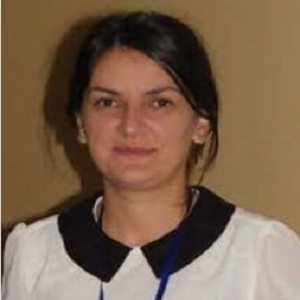
Title: Zein Conjugates of Biomedical Interest: Synthesis and Characterization
Summary
Zein proteins belong to the class of prolamin proteins which, in maize, represent more than
60% of the total endosperm protein. Based on their molecular weight, sequence and solubility,
zeins are classified into four different zein structures (?, ?, ?, ?) [1]. The major maize seed storage
proteins, zeins, are deficient in lysine and tryptophan content, which contribute to the poor
nutritional quality of corn. Therefore, we report here on an original and novel process, which
consists in successive grinding and sieving of corn seeds to bring about different maize flours,
with chemical compositions and protein contents depending on particle hardness. In addition, zeins
extracted from maize flours have wide application in: (i) refining food products, such as candies
and nuts; (ii) microspheres filled with pesticides are produced out of zein proteins for controlled
release of the biologically active substances to provide a safer working environment; (iii) “zein
films” are used as a controlled release matrix of active components, such as salicylic acid,
lysozyme and EDTA; (iv) coating of tablets and in zein-coated chitosan /tripolyphosphate
nanoparticles for oral delivery of selenite [2]. Moreover, the most defining characteristic of zein
proteins refers to their insolubility in water and their high solubility in aqueous high percentage
alcoholic solutions, such as 65% ethanol to 95% ethanol [3]. Due to the vast genetic polymorphism
of the starting material and to the extraction conditions, the consistency of the “zein product” varies
substantially; therefore analysis of protein compositions in biological samples of high complexity
requires a combination of the latest and modern analytical methods such as SDS-PAGE, 2D gel
electrophoresis and mass spectrometry [4]. We have also investigated zein extraction using 65-
95% aqueous ethanol under ultrasound conditions from dry-ground whole corn as well as meals
with different grain sizes. Besides, the extracted zein and the commercial zein protein were used
for different conjugates synthesis. Protein determination was made by UV-Vis spectrophotometry.
We have applied modern methods such as MALDI ToF mass spectrometry and FT-IR
spectroscopy to characterize the synthesized zein conjugates